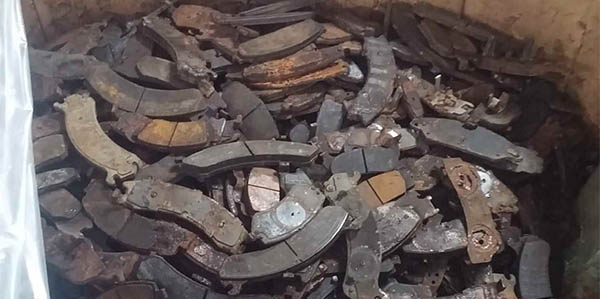
In a recent engineering field study of 3,200 brake pads, the Global Brake Safety Council analyzed discarded pads to find out it the pad had failed or just worn past specifications. The study classified each of the pads into five distinct categories or failure modes. The study also took into account the geographic location of where the pad was collected to help make the connection between corrosion of the backing plate, shims, and attached hardware.

According to the survey, 66.9% of these brake pads showed more than 50% of friction material remaining with no visible signs of delamination/separation. The explanation of this trend could be uneven pad wear between the inner and outer pads and even differences in pad wear on each side of a suspension. This type of uneven wear can be caused by failure to properly service the caliper and bracket during pad replacement.
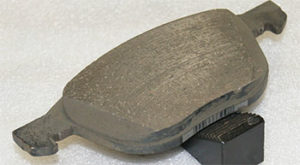
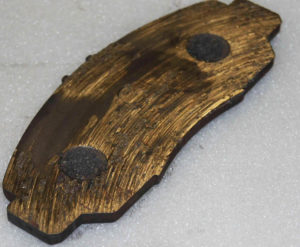
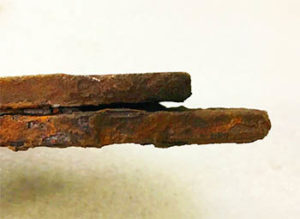 In 5.6% of the cases, the friction material was worn to the backing plate with evidence of galling and contact with the rotor. This type of failure mode can damage the rotor and require replacement or refinishing on a lathe.
In 5.6% of the cases, the friction material was worn to the backing plate with evidence of galling and contact with the rotor. This type of failure mode can damage the rotor and require replacement or refinishing on a lathe.

In 11.0% of the pads, the field study found excessive corrosion of the shim, pad abutments, and clips. Corrosion of these elements can lead to noise, drag, pad wear and possibly shim migration that could cause the shim to come in contact with the rotor.
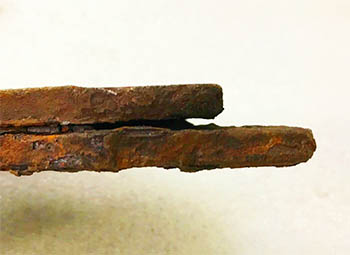
Noted in 11.2% of the cases, the pads showed signs of edge lift or rust jacking due to corrosion with a partial gap to the full-width gap of the backing plate. This type of failure mode can cause noise, vibration, and roughness. Also, this condition can cause the friction to separate from the backing plate leading to loss of braking power and vehicle instability.

In 5.3% of the cases, a substantial part of friction was separated from the pad or backing plate. This means that the vehicle the brake pads came off had a compromised brake system with significant increases in stopping distance and possible stability issues under heavy braking.
The authors of the study concluded: “Continued use of sub-standard product and material, coupled with the use of “black steel” which is hot rolled steel that has not gone through the pickling and oiling process to remove impurities, rust, scale, and other
contaminants and a lack of regulations or industry-standard practices can directly lead to the above-mentioned
failure modes.”
To read the full study and conclusion from engineers of the Global Brake Safety Council CLICK HERE.

